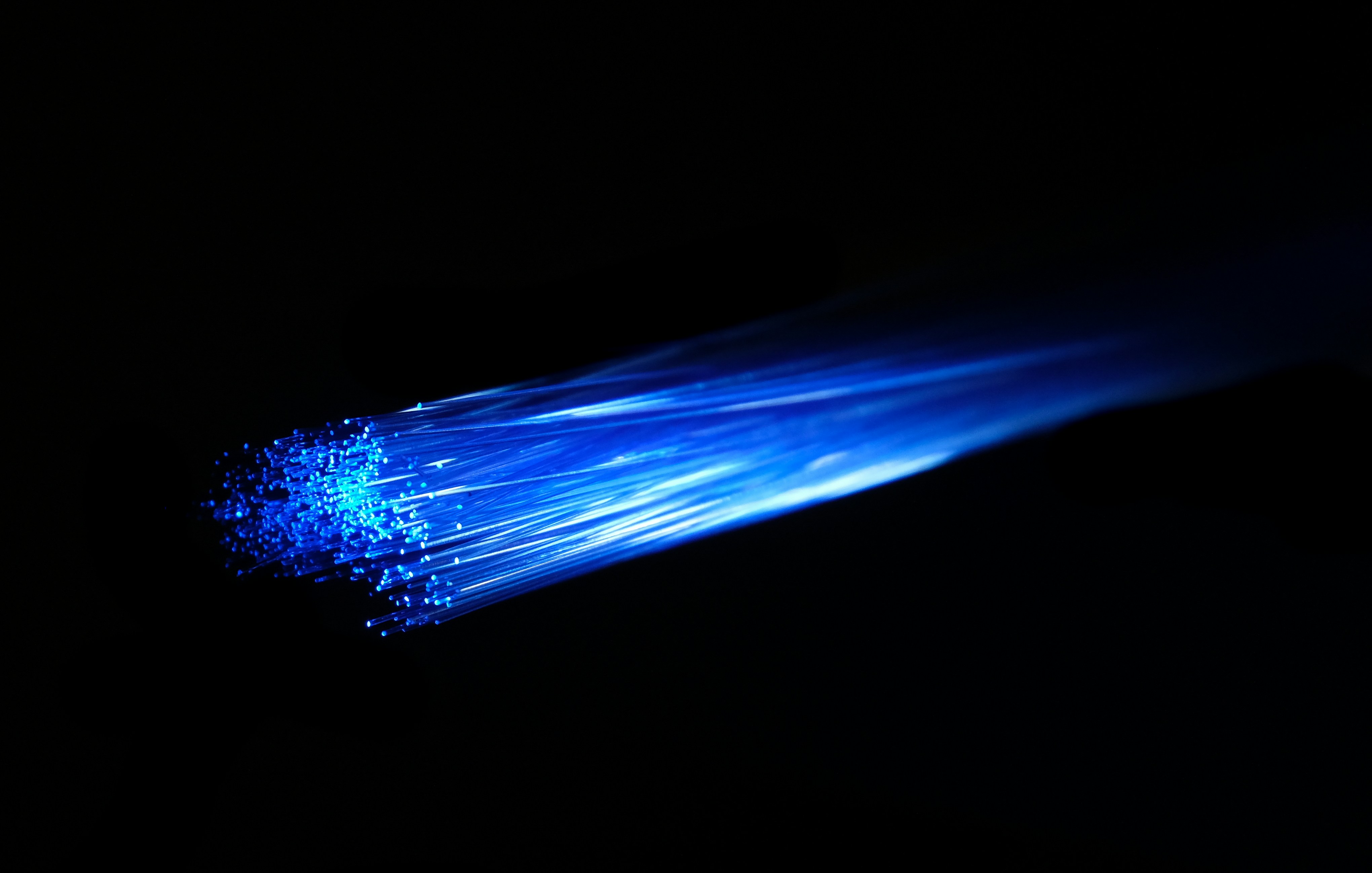What is Air Fiber Internet Technology?
In fixed wireless systems, a network of antennas is set up to transmit and receive data wirelessly. The ISP installs an antenna or a small dish on the subscriber’s building, such as a home or office. This antenna communicates with a nearby base station or tower that is connected to the ISP’s network infrastructure.
Buy Airtel Wi-Fi with exciting benefits!
How does Air Fiber Technology work?
The base station receives the wireless signal from the subscriber’s antenna and relays it back to the ISP through a wired connection, such as fiber optic cables. Similarly, data from the ISP is transmitted wirelessly from the base station to the subscriber’s antenna, providing the internet connection.
Fixed wireless internet technology can provide high-speed internet access in areas where laying physical cables like fiber optic or traditional copper lines is difficult or costly. It is often used in rural or remote regions, where the population density is low, making it economically unviable to deploy traditional wired infrastructure.
Price of Air Fiber
There are various players in the market which offer AirFiber internet connection. The prices vary according to the provider. Airtel Xstream Fiber is a prominent player in the broadband market, offering a range of plans tailored to different user needs.
What is Air Fiber 5G?
It uses the 5G technology to deliver ultra-high-speed internet to several homes and offices. An upgraded version of broadband technology, Air Fiber lets users enjoy speeds up to 100 Mbps by delivering 5G speed over air. The service also offers the following features:
- 4K Android Box at no extra cost
- Easy installation and management via an app
- 350+ TV Channels in HD included in plans
Additionally, the installation process is also quite simple. One just needs to plug in the Air Fiber device and switch it on. A personal wi-fi hotspot will be created at your home or office. This can be used by multiple users to experience ultra-high-speed internet using the real 5G technology.
The service can cover up to 1000 sq ft. in terms of wi-fi coverage.
Also, for those unaware, Airtel will be launching Air Fiber very soon. Meanwhile, don’t forget to check out some of the best Airtel Broadband plans here.
Advantages of Air Fiber Internet Over Traditional Broadband
Ultra-Fast Speeds: Significantly faster than traditional broadband.
- Reliability: Less susceptible to service disruptions caused by weather or physical damage.
- Minimal Infrastructure Requirements: Reduces deployment time and costs.
- Long-Distance Coverage: Effective over long distances without significant signal loss.
- Flexibility: Offers various plans tailored to user needs.
- Transparent Pricing: Competitive rates with clear pricing structures.
- Future-Proof Technology: Adaptable to changing connectivity needs.
- Scalability: Easily accommodates increasing bandwidth demands.
Conclusion
The launch of 5G in India has truly opened doors to several subsidiary advancements in the world of internet. Air Fiber is one of them. It is yet to be launched in India in a full-fledged manner. Once it does, it will surely revolutionize the way internet is experienced in both rural and urban areas. Up till then, if you wish to experience 100 Mbps network speed, Airtel Broadband can help you.
Our Infinity plan offers users speed up to 100 Mbps with unlimited internet and other benefits. Head to our official broadband page to know more. You can run a speed test to check your current network speed online.
FAQs
Q. What is Air Fiber or Air internet?
Air Fiber is a wireless fiber internet technology that uses radio waves for data transmission, providing high-speed internet without the need for physical cables.
Q. How does Air Fiber or air wire work?
Air Fiber operates by establishing direct links between two points using radio signals, transmitted through high-gain antennas, allowing for fast data transfer over long distances.
Q. What are the main advantages of Air Fiber?
Advantages of air fiber technology include ultra-fast speeds, reliability, minimal infrastructure requirements, long-distance coverage, flexibility in plans, and transparent pricing.
Q. Is Air Fiber suitable for rural areas?
Yes, Air Fiber is ideal for rural or remote areas where traditional wired connections might be impractical or costly.
Q. What equipment is needed for Air Fiber?
Specialized equipment such as transmitters and receivers, along with high-gain antennas, is required to establish an Air Fiber connection.
Q. Does Air Fiber require a clear line of sight?
Yes, maintaining an unobstructed line of sight between transmitting and receiving antennas is crucial for optimal performance.
Q. How does Air Fiber compare to traditional broadband?
Air Fiber offers faster speeds, greater reliability, and lower latency compared to traditional broadband technologies.
Q. Can I use Air Fiber for gaming and streaming?
Absolutely! Air Fiber provides low latency and high-speed connections that are perfect for gaming and streaming applications.
Q. Are there any data caps with Air Fiber plans?
Data caps may vary by provider; it’s essential to check specific plans for any limitations on data usage.
Q. What is the installation process for Air Fiber?
The installation process typically involves setting up antennas and configuring equipment, often with minimal downtime.
Q. How do pricing structures work for Air Fiber?
Pricing varies based on speed, data caps, and contract terms; many providers offer competitive rates and promotional pricing.
Q. What kind of customer support can I expect with Air Fiber?
Most providers offer responsive customer support to assist with installation, troubleshooting, and service inquiries.
Q. Is Air Fiber future-proof technology?
Yes, as it relies on radio frequency waves, it can adapt to evolving connectivity needs and advancements in technology.
Q. How scalable is an Air Fiber network?
Air Fiber networks can easily scale to meet growing bandwidth demands as user requirements evolve.
Q. What are the future trends in Air Fiber technology?
Future trends include enhancements in data transmission speeds, improved antenna designs, and the integration of AI for network optimization.



